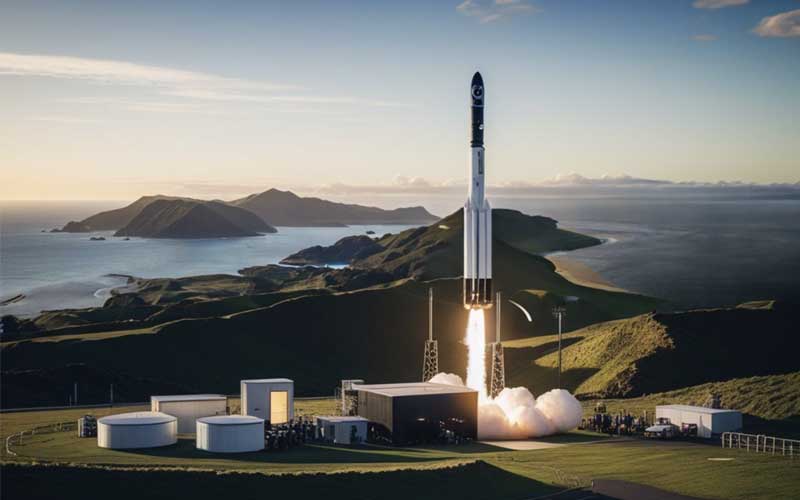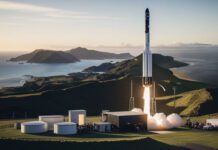
Irish startup SUAS Aerospace was founded in 2022 with the aim of building a launch facility in Ireland capable of supporting both suborbital and orbital flights. The company has projected that it will conduct its first orbital launch between 2024 and 2025.
SUAS Aerospace is headquartered at the Elfordstown Earthstation in Cork, which is owned and operated by the National Space Centre. Rory Fitzpatrick serves as the CEO of both SUAS Aerospace and the National Space Centre.
While the company has yet to secure a site for its launch facility, a feasibility study commissioned by SUAS has identified the southwest coast of Ireland as offering ideal access to polar orbits without having to cross over inhabited areas. According to the company, the report concluded that Ireland would be “one of the top three locations in Europe for a spaceport.”
In addition to its geographic advantage, SUAS has also identified its membership in the European Union as a unique selling point. While launch sites like SaxaVord and Sutherland in Scotland are much further along in their development, the UK’s exit from the EU in 2020 will mean, in theory, additional red tape. The UK has, however, made developing a sustainable launch facility within its borders a priority and is thus ensuring that potential customers for these facilities are given the VIP treatment. In fact, the UK Space Agency has gone so far as to award millions in funding to German launch startups Rocket Factory Augsburg and HyImpulse to conduct testing and launch campaigns from SaxaVord.
The development of the SUAS launch facility is expected to be implemented in phases. The first phase began in 2023 and will continue through 2024. Work to be done in this phase includes the development of a rocket engine test site and the support of initial suborbital test flights. Phase two is expected to run from 2024 to 2025 and will include engine testing and suborbital flights. This second phase will also include the support of a first orbital launch. The final phase of the development will include the consolidation of profit-generating launch activities and the construction of additional launch pads.
According to SUAS, there are currently over a dozen European companies developing orbital rockets, and with each planning 10 to 50 launches per year, capacity from facilities currently active and those under development will not be able to meet this demand. This is, however, a fantasy best-case scenario.
Yes, there are over a dozen European companies developing orbital rockets. And yes, some are projecting incredible launch cadences of 50 flights per year. In reality, however, only a fraction of the dozen vehicles will ever make it to the launch pad for a maiden flight. A fraction of those companies will then go on to build sustainable launch businesses. The market will likely be able to support, at most, three or four launch providers. In 2023 alone, two companies, Pangea Aerospace and SmallSpark Space Systems, ditched their rocket programmes. Over the next two to three years, many will likely follow. That’s not to say that SUAS can’t build a sustainable launch business. The market is just not nearly as fertile as the company’s pitch would have one believe.



